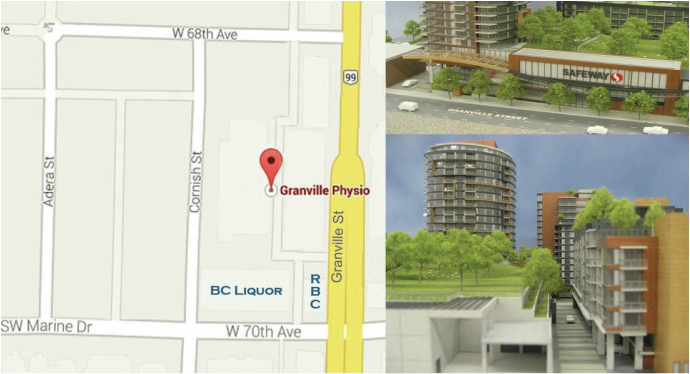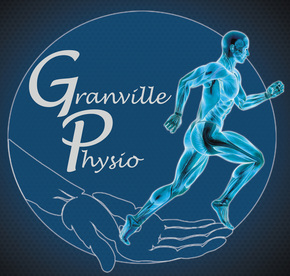As Fido is demonstrating above, everyone enjoys a good stretch. Typically, we feel more relaxed and our movements feel less restrained. In order to reap the benefits of stretching, you need to do it correctly. Here's what you need to know about stretching the right way and at the right time so you can enjoy all the outdoor activities Vancouver has to offer!
Rule #1: Warm Up
If you want to get the most out of stretching make sure you're warm. Heat helps your nervous system calm down which helps the muscles relax. It also makes collagen more extensible and this is the primary component of most of the soft tissues in our body.
If you don't have a hot room or tropical location to stretch in that's ok, stretch after you've done some cardio. Even going for a short walk and doing some arm movements can warm up your muscles.
If you don't have a hot room or tropical location to stretch in that's ok, stretch after you've done some cardio. Even going for a short walk and doing some arm movements can warm up your muscles.
Rule #2: Hold It For A While But Not For Too Long!
For almost all cases you want to hold your static stretches for 15-30 seconds. That's because during this time frame you're causing change in the contractile portion of the muscle. This is not going to cause the same permanent change that longer holds would in the non-contractile muscle component, ligaments, and joint capsules but it also won't cause any instability in the joint or overly stress the joint surfaces. Additionally, research shows that if you're changing the non-contractile component you increase your chance for injury immediately following stretching.
To know if you need to do longer holds all you have to do is ask yourself if after doing dynamic warmups before activity and static stretches after you still feel tightness or restriction. Alternatively if during your normal daily routine you may also feel tightness or restrictions doing simple movements like putting your coat or socks on. At Granville Physio we'll be able to assess which joints have restrictions and what stretches would benefit you the most!
To know if you need to do longer holds all you have to do is ask yourself if after doing dynamic warmups before activity and static stretches after you still feel tightness or restriction. Alternatively if during your normal daily routine you may also feel tightness or restrictions doing simple movements like putting your coat or socks on. At Granville Physio we'll be able to assess which joints have restrictions and what stretches would benefit you the most!
Rule #3: You Should Feel It A Little Bit!
You should never feel a stretch to the point of injury or pain. When you’re performing an effective stretch, you’re going to feel it but it should never be unpleasant. If it is back off and do more repetitions of the stretch!
The time when people most frequently stretch and they shouldn't is after sustaining sprains or strains (damage to muscle or ligaments). Often patients will say they felt something in their calf when running and tried to "stretch it out". When in doubt book in with one of Granville Physio's highly trained therapists to assess if you should be stretching.
The time when people most frequently stretch and they shouldn't is after sustaining sprains or strains (damage to muscle or ligaments). Often patients will say they felt something in their calf when running and tried to "stretch it out". When in doubt book in with one of Granville Physio's highly trained therapists to assess if you should be stretching.
Rule #4: Breathe!
During stretching remember to breathe deeply. This will help you relax more therefore ramping down the nervous system and improving your results. Nowhere is this more important than the spinal muscles.
That's right some of your back/neck pain could be attributed to the way you breathe.
That's right some of your back/neck pain could be attributed to the way you breathe.
Rule #5: Don't Bounce
Although some dynamic movement may be required for certain stretches, bouncing into and out of stretches can cause injury and should be avoided!
Rule #6: Only Dynamic Stretches Before Activity
With the exception of stretches that restore joint mechanics or alignment you should only do dynamic stretches before activity. Ideally, you've worked on the mechanic and alignment issues at other times and don't need to work on them before activity. Numerous studies show that as little as 90 seconds of dynamic stretching prior to an activity enhances performance and reduces risk of injury. Dynamic stretching has a significantly smaller impact on flexibility when compared to static stretching though.
Here is a link to our blog on how to perform a dynamic stretch routine: Lower Body & Upper Body coming soon!
Here is a link to our blog on how to perform a dynamic stretch routine: Lower Body & Upper Body coming soon!
Rule #7: Static stretches after activity
Static stretching can cause very small loses in strength (1-5%) for periods up to five minutes if held for longer than 45 seconds. This is one of the reasons it should be done after activity and typically only held for 30 seconds. Static stretching causes improved economy of motion, increased muscular strength, increased speed of muscular contraction, and a reduced risk of certain injuries. Static stretching should be done immediately following activity particularly if you've just done an activity over a prolonged duration or to a high intensity level.
Muscles that feel “tight” are not always the ones that need stretching. Short muscles usually require flexibility training. Tight muscles are often weak muscles or overworked muscles (if we ignore post-exercise soreness). Persistently stretching them may lead to increased fatigue (due to reduced peak power output) and lead to more “tightness” feelings. Strengthening “tight” muscles is often a very effective intervention to relieve that persistent tension feeling. Every week I see someone who “carries too much tension in their shoulders" – and they "stretch and stretch and it just won’t loosen up”. This is an excellent example of muscles that are likely overworked or lack endurance. Stretching is not likely to provide any long term resolution for this problem. Again the physios at Granville Physio can help you determine what strengthening or stretching you should be doing!
Muscles that feel “tight” are not always the ones that need stretching. Short muscles usually require flexibility training. Tight muscles are often weak muscles or overworked muscles (if we ignore post-exercise soreness). Persistently stretching them may lead to increased fatigue (due to reduced peak power output) and lead to more “tightness” feelings. Strengthening “tight” muscles is often a very effective intervention to relieve that persistent tension feeling. Every week I see someone who “carries too much tension in their shoulders" – and they "stretch and stretch and it just won’t loosen up”. This is an excellent example of muscles that are likely overworked or lack endurance. Stretching is not likely to provide any long term resolution for this problem. Again the physios at Granville Physio can help you determine what strengthening or stretching you should be doing!
Rule #8: Don't Forget Your Nerves!
Did you know just from moving your wrist back and forth the ulnar nerve moves on average 14mm at the point of your funny bone? Sometimes tight nerves are responsible for pain, numbness, tingling, and tightness that doesn't go away with stretching. This is where you could use guidance from one of Granville Physio's experts to make sure all your nerves move correctly.
We now know that the nervous system controls our flexibility much more than we thought. Part of the limits of our flexibility is how much our nerves “put the brakes on” to protect our tissues from damage by excessive length or tension. This is part of our “danger” mechanism. There are receptors in our muscle spindles (muscle cells) and golgi tendon organs (stretch receptors in our tendons) that provide feedback to the nervous system and constantly drive a certain amount of tension that resists excessive length in the muscles. Remember your muscles do not do anything by themselves – they need the brain and the nerves to tell them what to do. When people are under general anesthetic (and their neural drive is turned right down) – suddenly they have excellent flexibility! Stretching is now thought to inhibit that neural drive, or modulate the “danger” response.
We now know that the nervous system controls our flexibility much more than we thought. Part of the limits of our flexibility is how much our nerves “put the brakes on” to protect our tissues from damage by excessive length or tension. This is part of our “danger” mechanism. There are receptors in our muscle spindles (muscle cells) and golgi tendon organs (stretch receptors in our tendons) that provide feedback to the nervous system and constantly drive a certain amount of tension that resists excessive length in the muscles. Remember your muscles do not do anything by themselves – they need the brain and the nerves to tell them what to do. When people are under general anesthetic (and their neural drive is turned right down) – suddenly they have excellent flexibility! Stretching is now thought to inhibit that neural drive, or modulate the “danger” response.
Rule #9: Release First!
If you release your muscles first then stretching will be greatly improved. Particularly if your range is limited/you have any pain while doing a stretch. Our therapists are happy to show you the areas you need to target and how best to target each zone.
References:
Small, et al. (2008). A systematic review into the efficacy of static stretching as part of a warm-up for the prevention of exercise-related injury.Research in Sports Medicine, 16(3), 213-231.
Lauersen, et al. (2014). The effectiveness of exercise interventions to prevent sports injuries: a systematic review and meta-analysis of randomised controlled trials. British Journal of Sports Medicine, 48(11), 871-877
Konrad & Tilp, (2014). Increased range of motion after static stretching is not due to changes in muscle and tendon structures. Clinical Biomechanics, 29(6), 636-642
Schroeder et al., (2015) Is self myofascial release an effective pre-exercise and recovery strategy? A literature review. Curr Sport Med Rep 14, 200-208
McHugh & Cosgrave, (2010). To stretch or not to stretch: the role of stretching in injury prevention and performance. Scandinavian Journal of Medicine & Science in Sports, 20(2), 169-181.
Amako M, Oda T, Masuoka K, et al. (2003) Effect of static stretching on prevention of injuries for military recruits. Mil Med. ;168:442-446
Bacurau RF, Monteiro GA, Ugrinowitsch C, Tricoli V, Cabral LF, Aoki MS (2009) Acute effect of a ballistic and a static stretching exercise bout on flexibility and maximal strength. J Strength Cond Res 23:304–308
Bandy WD, Irion JM, Briggler M (1998) The effect of static stretch and dynamic range of motion training on the flexibility of the hamstring muscles. J Orthop Sports Phys Ther 27:295–300
Beedle BB, Mann CL (2007) A comparison of two warm-ups on joint range of motion. J Strength Cond Res 21:776–779
Behm DG, Chaouachi A. A review of the acute effects of static and dynamic stretching on performance. Eur J Appl Physiol 2011: 111: 2633–2651.
Behm DG, Bambury A, Cahill F, Power K. Effect of acute static stretching on force, balance, reaction time, and movement time. Med Sci Sports Exerc 2004: 36: 1397–1402.
Christensen BK, Nordstrom BJ (2008) The effects of proprioceptive neuromuscular facilitation and dynamic stretching techniques on vertical jump performance. J Strength Cond Res 22:1826–1831
Covert CA, Alexander MP, Petronis JJ, Davis DS (2010) Comparison of ballistic and static stretching on hamstring muscle length using an equal stretching dose. J Strength Cond Res 24(11): 3008–3014
Gelen E (2010) Acute effects of different warm-up methods on sprint, slalom dribbling, and penalty kick performance in soccer players. J Strength Cond Res 24:950–956
Jaggers JR, Swank AM, Frost KL, Lee CD (2008) The acute effects of dynamic and ballistic stretching on vertical jump height, force, and power. J Strength Cond Res 22:1844–1849
McHugh MP, Cosgrave CH. To stretch or not to stretch: the role of stretching in injury prevention and performance. Scand J Med Sci Sports 2010: 20: 169–181.
O’Sullivan K, Murray E, Sainsbury D (2009) The effect of warm-up, static stretching and dynamic stretching on hamstring flexibility in previously injured subjects. BMC Musculoskelet Disord 10:37–42
Papadopoulos G, Siatras T, Kellis S (2005) The effect of static and dynamic stretching exercises on the maximal isokinetic strength of the knee extensors and flexors. Isokinetics Exerc Sci 13:285–291
McMillian DJ, Moore JH, Hatler BS, Taylor DC (2006) Dynamic vs. static-stretching warm up: the effect on power and agility performance. J Strength Cond Res 20:492–499
Samuel MN, Holcomb WR, Guadagnoli MA, Rubley MD, Wallmann H (2008) Acute effects of static and ballistic stretching on measures of strength and power. J Strength Cond Res 22:1422–1428
Sekir U, Arabaci R, Akova B, Kadagan SM (2009) Acute effects of static and dynamic stretching on leg flexor and extensor isokinetic strength in elite women athletes. Scand J Med Sci Sports
Simic L., Sarabon N., Markovic G. Does pre-exercise static stretching inhibit maximal muscular performance? A meta-analytical review Scand J Med Sci Sports 2013: 23: 131–148
Torres EM, Kraemer WJ, Vingren JL, Volek JS, Hatfield DL, Spiering BA, Ho JY, Fragala MS, Thomas GA, Anderson JM, Hakkinen K, Maresh CM (2008) Effects of stretching on upper body muscular performance. J Strength Cond Res 22:1279–1285
Unick J, Kieffer HS, Cheesman W, Feeney A (2005) The acute effects of static and ballistic stretching on vertical jump performance in trained women. J Strength Cond Res 19:206–212
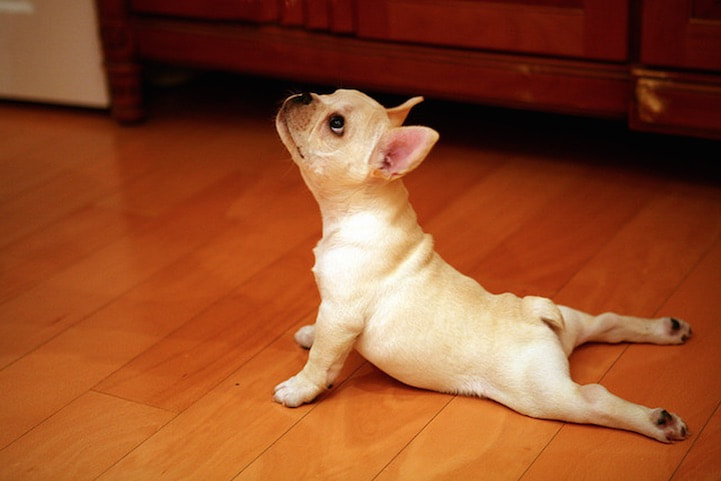

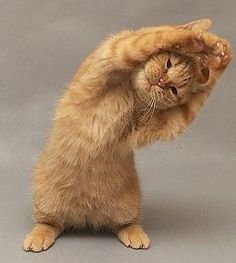






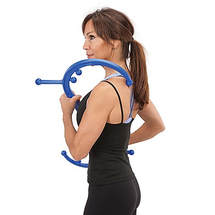
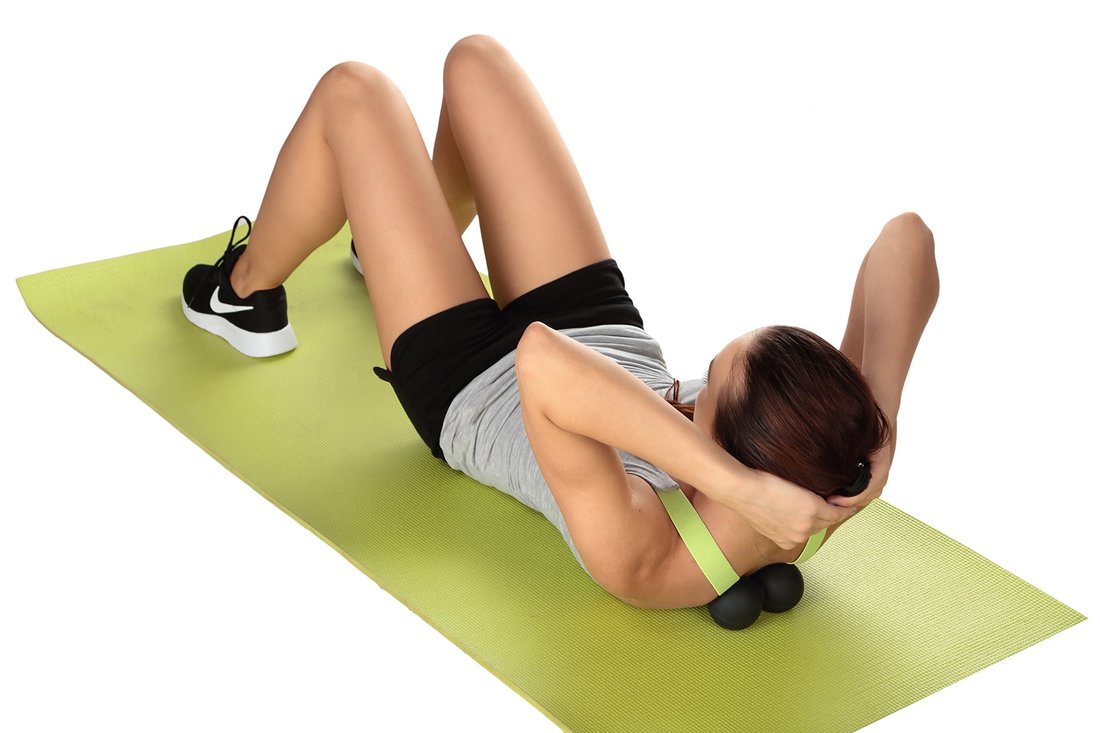
 RSS Feed
RSS Feed
